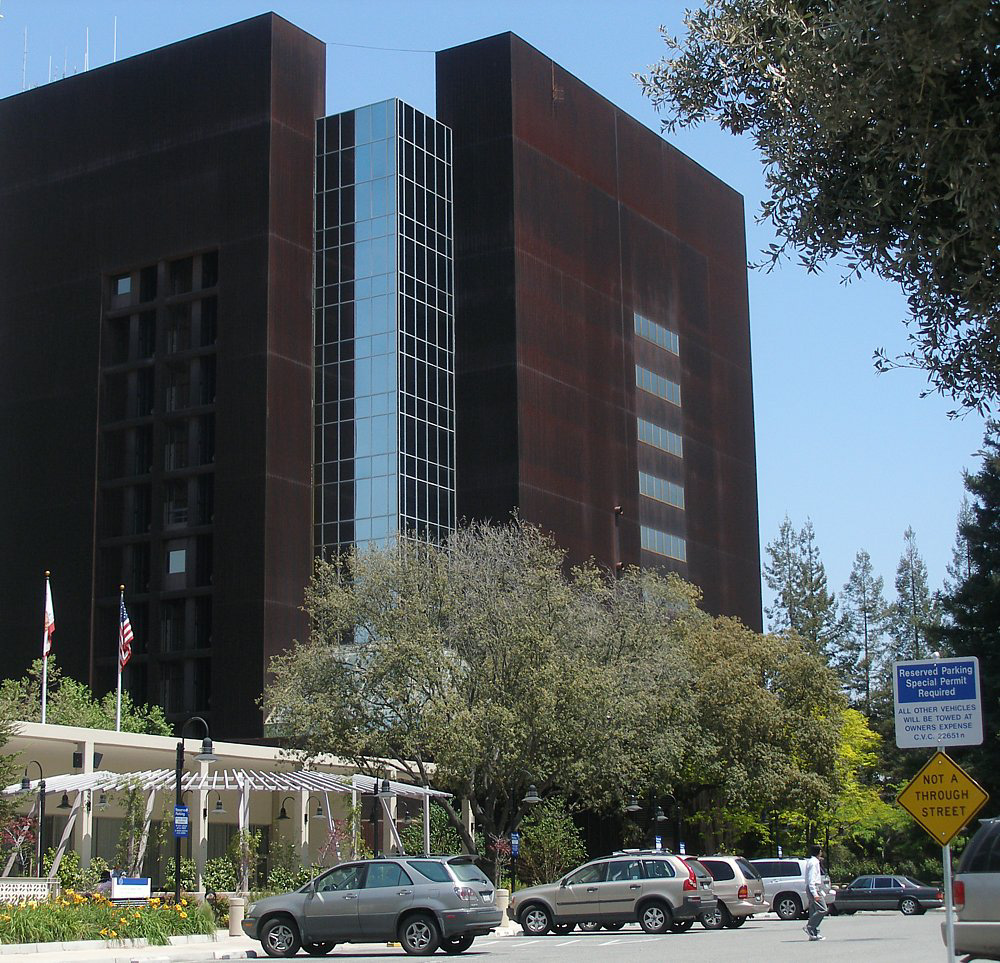The Santa Clara County Planning Commission held its second study session for Stanford’s 2018 General Use Permit (GUP) application on Thursday, an opportunity for county officials to engage in public discourse with project leaders about the University’s plans for future development.
Geoff Bradley, the consulting project manager for the county on the GUP, led most of the afternoon’s discussion, outlining the implications of Stanford’s new proposal on local traffic, housing, zoning and environmental impact.
Of the seven board members, five were present: Chairperson Kathryn Schmidt, Vice Chairperson Marc Rauser, Councilwoman Vicki Moore, Councilman Aaron Resendez and Councilman Bob Levy. Councilwoman Aimee Escobar and Councilwoman Erin Gil were absent.
Bradley opened with an overview of Stanford’s 2000 GUP, under which the university currently operates. In December of 2000, the Stanford Community Plan was adopted as part of the Santa Clara County General Plan.
That plan nearly two decades ago set restrictions on the school’s expansion into unincorporated Santa Clara County, including an academic growth boundary beyond which Stanford is not allowed to develop new academic facilities. The boundary was also implemented to promote compact urban development.
Now, as Stanford continues to saturate its existing campus with new infrastructure, the University seeks a new permit that, if approved by the County Board of Supervisors in June, will allow the construction of up to 2.275 million square feet of new academic facilities and 3,150 on-campus housing units by 2035.
However, as such an expansion will inevitably have far-reaching effects on much of Stanford’s surrounding community — the University has received concerns from stakeholders in the area regarding affordability and negative effects on the local school district. The Planning Commission had several questions for Bradley and Stanford representatives about Stanford’s plans to mitigate environmental impact.
Resendez sought clarification about Stanford’s stated No New Net Commute Program which intends to prevent further traffic on and around campus by using a broad survey of vehicles that enter and exit Stanford. Specifically, Resendez asked Bradley what specific data these studies would collect and how it would be used.
Bradley explained that the University is interested in calculating peak traffic hours and the number of “cut-throughs,” or people who enter campus only to avoid traffic elsewhere around Stanford. Once this data is thoroughly surveyed, Stanford hopes to implement new policies such as legal time ranges for cars passing through campus.
“We have a fairly comprehensive approach to monitoring traffic going forward,” Bradley said.
After a thorough discussion of local traffic, Bradley went on to summarize Stanford’s plans for expansion in housing and academic infrastructure. In particular, Bradley emphasized that the new GUP would represent a 20 percent increase in overall development at the institution.
When Bradley cited this figure, Moore quickly expressed concerns about Stanford’s rapid rate of growth. More wanted to confirm that the County would retain the right to monitor the University’s growth and ensure that expansion will proceed at an appropriate rate that would not have any negative repercussions for the surrounding community.
Moore also expressed an interest in the possibilities of an extended GUP period, in which the approved expansion would occur over a longer timeframe, or phasing development–growth monitored in stages so that environmental impact would never go unchecked.
In response to these concerns, Bradley assured the council that the county already has measures in place to the unrestrained expansion on the part of the University.
“The tools that the county has relied on in terms of open space protection are mainly the academic growth boundary — setting a firm line on the map saying ‘thou shalt not grow beyond this line’ — and the zoning laws and the [Santa Clara County] general plan,” he said.
Bradley concluded his presentation by giving a brief synopsis of the county’s Environmental Impact Report (EIR), which anticipates how the university will affect the community and attempts to reduce any footprint where possible.
One element of the EIR that caught the attention of the commission was an excerpt acknowledging potential damage to cultural resources. There appeared to be a consensus among the council members that going forward, it will be important to focus mitigation efforts on limiting damage to cultural resources.
Bradley agreed with this sentiment and explained that this section of the EIR was more conservative and intended to acknowledge the mere possibility of such damage. This excerpt, he continued, was primarily aimed at falling in accordance with the California Environmental Quality Act (CEQA) which requires full disclosure of all potential impacts.
The next public hearing for the new GUP is scheduled for May 30 in Palo Alto. Hearings will continue into June on June 13 and June 27 before a summer recess that will last until September. All told, deliberation on the GUP should occur in November barring any setbacks.
Contact Andrew Tan at tandrew ‘at’ stanford.edu.
